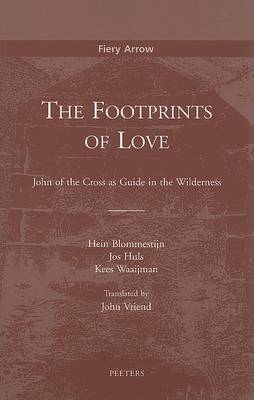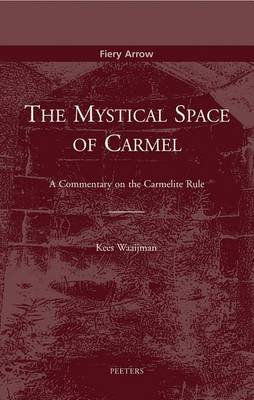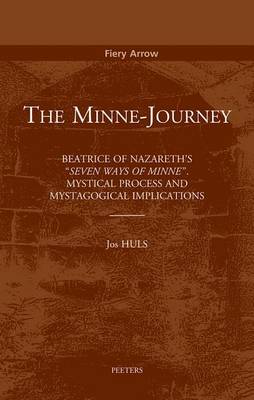Fiery Arrow
3 total works
v.3
Like a graphic artist, the discriminating pen of John of the Cross (1540-1591) sketches 'a trail made up of the footprints of love'. He does not sketch a romantic image of a 'mystical' paradise where we may experience the glory of the divine presence. Listening to the stories of the struggles of countless people in his day, he became an experienced mystical teacher who introduces the reader into Carmelite spirtuality as a 'school of love'. To encounter the other we must venture to enter a new land where there are no familiar roads. The wilderness of the mystic is the space where the face of the other can light up. In his love God withdraws himself so that human life may take shape as 'a trail made up of the footprints of love'. This book contains a set of explorations of the logic of divine love, a love which transforms men into true lovers. It deals with the four great commentaries of John of the Cross and one of his poems.
v.1
Mount Carmel, viewed as a holy place by Jews, Christians and Muslims, is where the prophet Elijah is venerated. For many centuries hermits have followed his example and monks regard him as their Father. During the crusades, around 1200 A.D., a small group of hermits settled around the spring of Elijah to lead a contemplative life there in silence and solitude. To the first Carmelites this geographic location was a mystical space in which to live in the presence of God alone. Albert, patriarch of Jerusalem, gave them a life rule (1206-1214) which, at the time of their expulsion by the Saracens in 1247, was adapted to new circumstances by pope Innocent IV. In consequence, the mystical space of Carmel with its contemplative life is experienced wherever they are given a place and God calls them. The commentary presents the Carmel as a spiritual model which is ideally suited as accompaniment on the spiritual journey of all who know themselves called to a life in God's presence in the desert of their life.
v.9
Beatrice was born in 1200 near Louvain and died in 1268 in the monastery of Nazareth. The author of this study demonstrates that Beatrice is an authentic exponent of Cistercian mystical tradition. Beatrice's theme is Minne, eternal divine love as it enters into intimacy or conversation with the soul and progressively elevates it until it regains the nobility and closeness to God in and for which it was created. Minne overwhelms the soul who can experience only one aspect or mode of love at the time - and so Minne is experienced amid what seems to be a riot of contradictions. The seven ways of Minne are different ways in which God's self-giving impacts on human desire. Beatrice's little treatise, providentially preserved, will serve us well in coming to an understanding of our spiritual experience. Jos Huls' magisterial study of the text will help us to come to a more comprehensive understanding of the theological and spiritual richness contained in the text.


